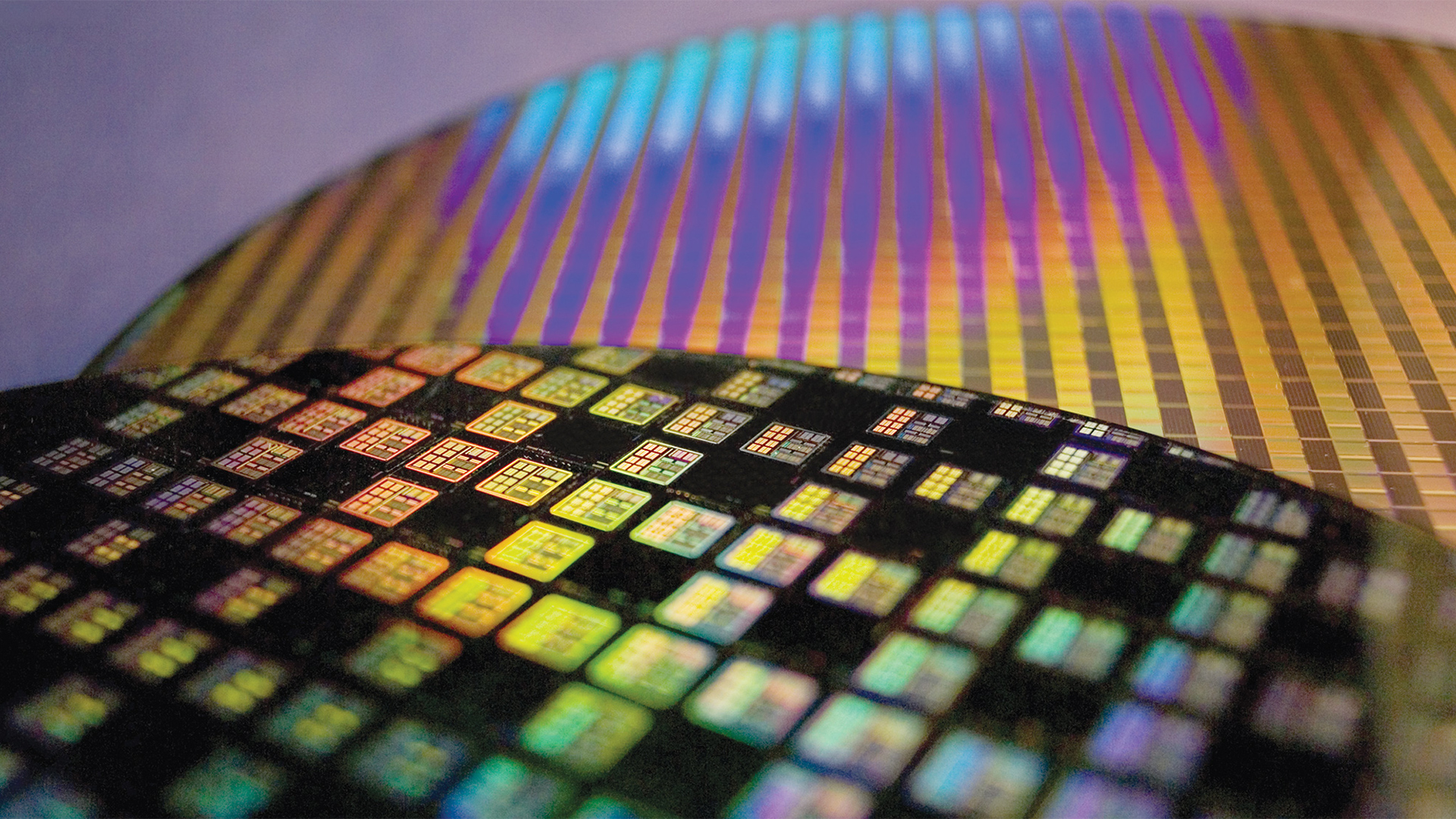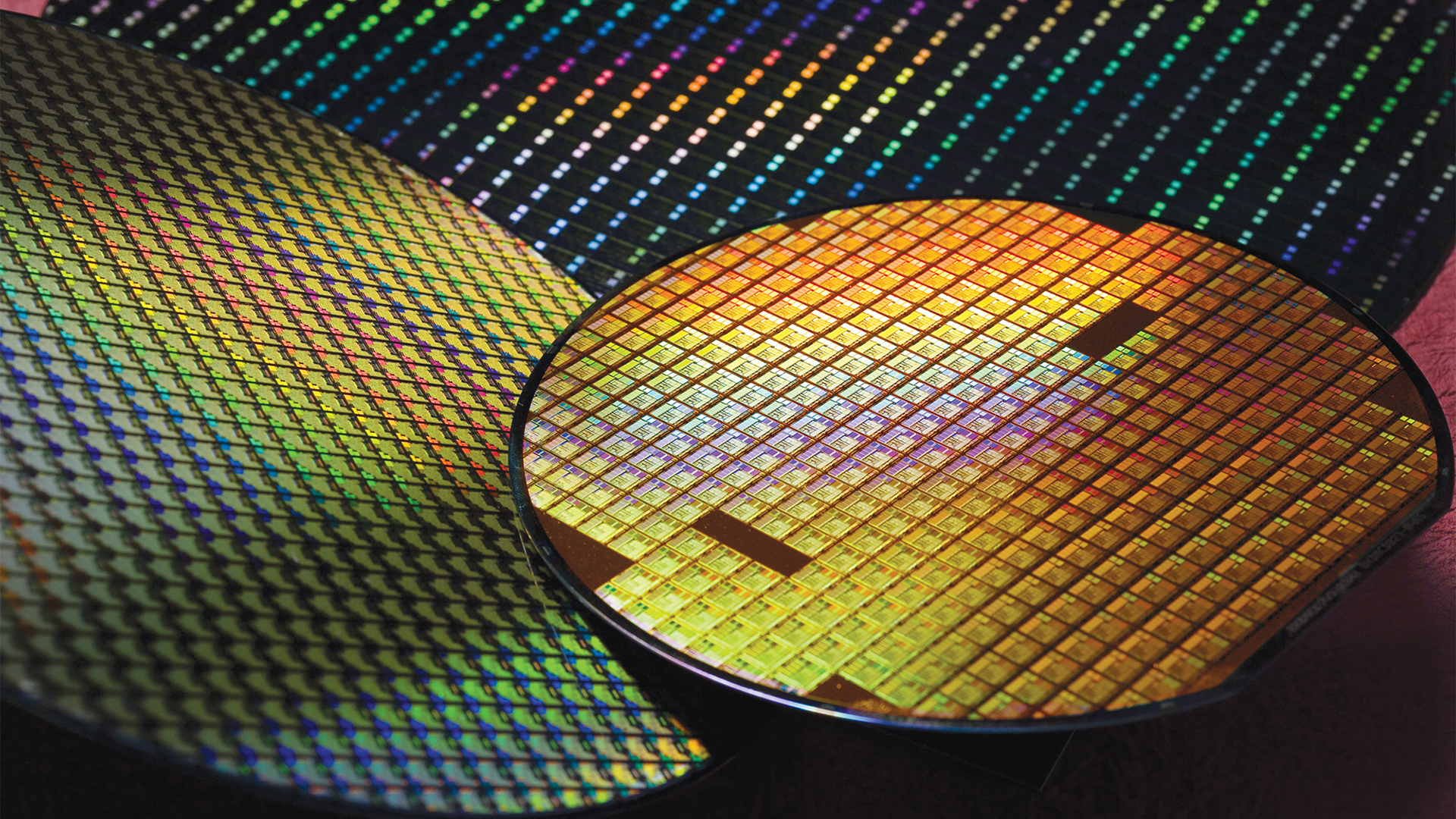The end of the semiconductor shortage could be in sight thanks to China
Shipments of chips in July set a new all-time record

China’s integrated circuit (IC) output hit 31.6 billion units in July, an increase of 41.3% year on year thanks to both skyrocketing demands for semiconductor chips and recent additional production capacity in the country.
As South China Morning Post reports, not only is this a new monthly record, but it also bodes well for the greater industry that has been suffering in recent months thanks to a lack of available chips, with China’s output of automobiles having fallen by 15.8% in July.
It seems that the ever-increasing demand across the market has seen manufacturers adding additional capacity to keep up, which is no small feat considering that companies like Semiconductor Manufacturing International Co. (SMIC) are unable to get the required equipment it needs for expansion from large American companies given that the U.S. government's blacklist of many Chinese manufacturers.
- Here’s our list of the best business computers right now
- We’ve built a list of the best business laptops on the market
- Check out our list of the best workstations available
According to the National Bureau of Statistics, Chinese semiconductor makers have produced 203.6 billion chips so far in 2021, a 47.3% increase year-over-year. With many of these chips set for implementation in everything from vehicles to consumer electronics, we may find that the light is finally visible at the end of the tunnel for companies suffering through the last year of shortages.
Analysis: Things are looking up, but we're a ways off yet

It is of course, important to curb your expectations and any noticeable improvement in the market is going to take some time. With manufacturing and supply being so generalized in the report it's fairly hard to put a finger on what areas of the market might see improvement first.
There are also concerns that many of the smaller domestic semiconductor companies could face overcapacity in less sophisticated chips. China has been subsidizing its semiconductor industry for years in a bid to become self-sufficient and catch up to rival countries like Taiwan. These recent numbers are a great win, but China still has a way to go before the country's production of semiconductors outpace imports.
For consumers though, we could see greater availability of products if the current market suppliers can sufficiently boost production and keep costs low. Products such as the PlayStation 5 or graphics cards from both Nvidia and AMD all source their semiconductors from a singular company, Taiwan Semiconductor Manufacturing (often abbreviated to TSMC) which makes most of the world dependant on Taiwan for chip supplies.
Are you a pro? Subscribe to our newsletter
Sign up to the TechRadar Pro newsletter to get all the top news, opinion, features and guidance your business needs to succeed!
With any luck, a boost to China's own manufacturing capabilities will either pull contracts from suppliers like TSMC to better spread production across various facilities, or TSMC will be free to increase output elsewhere should China become self-sufficient. With a little patience, we might see some of our favorite tech more readily available and back on the shelves.
- Here’s our rundown of the best mobile workstations out there
Jess is a former TechRadar Computing writer, where she covered all aspects of Mac and PC hardware, including PC gaming and peripherals. She has been interviewed as an industry expert for the BBC, and while her educational background was in prosthetics and model-making, her true love is in tech and she has built numerous desktop computers over the last 10 years for gaming and content creation. Jess is now a journalist at The Verge.
